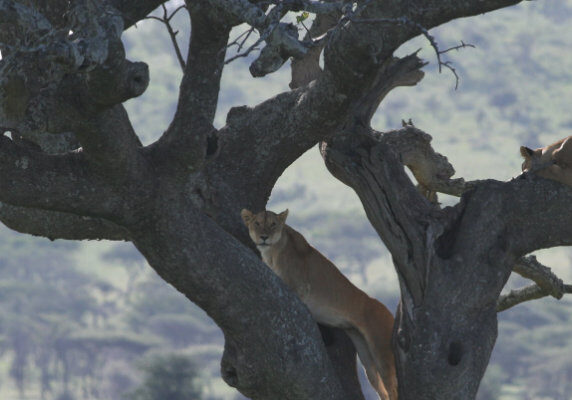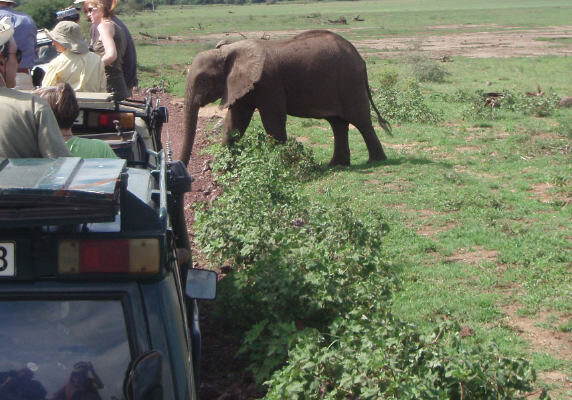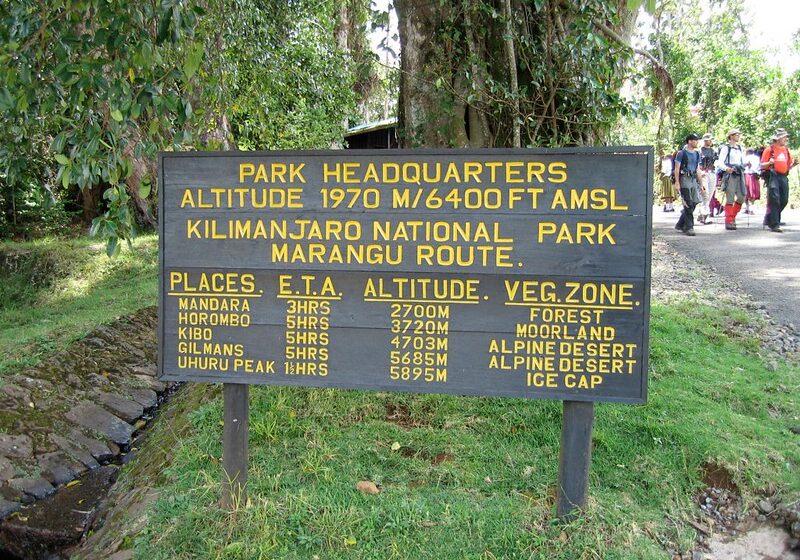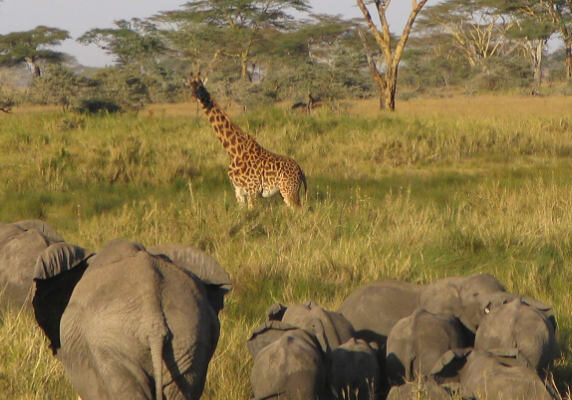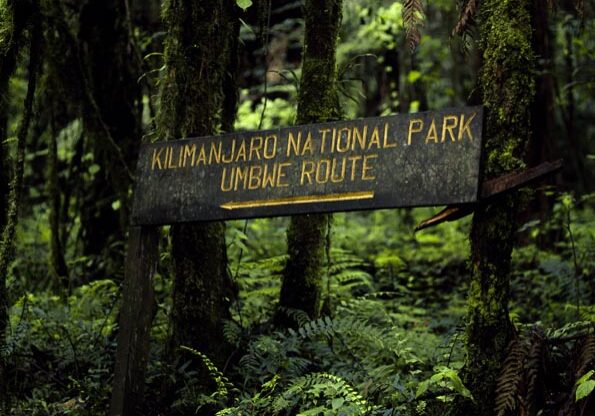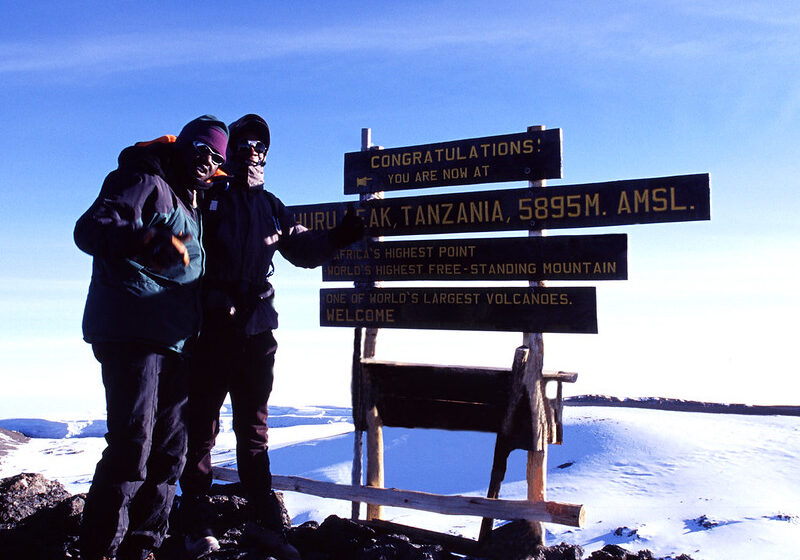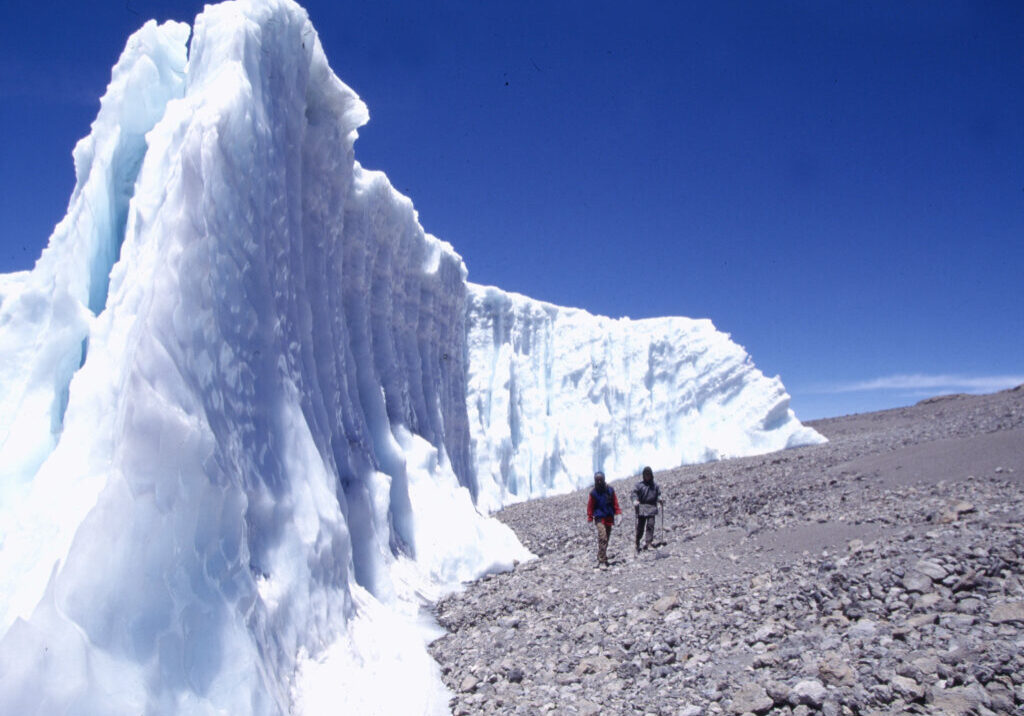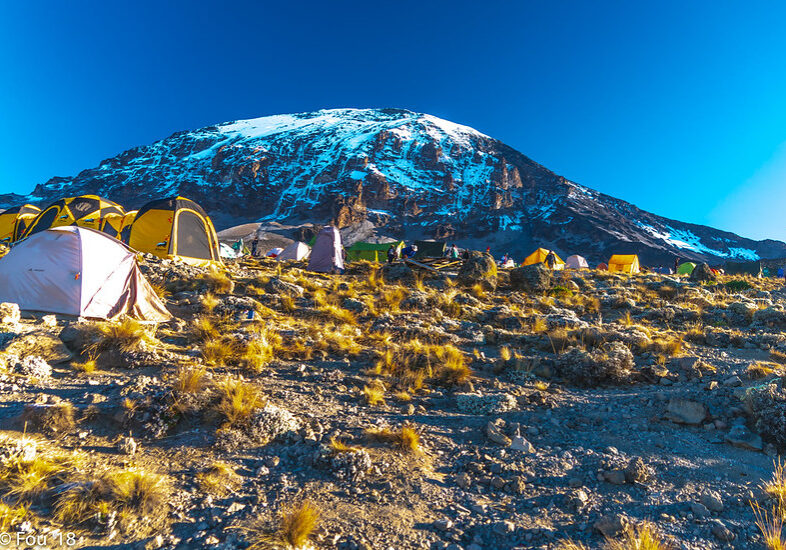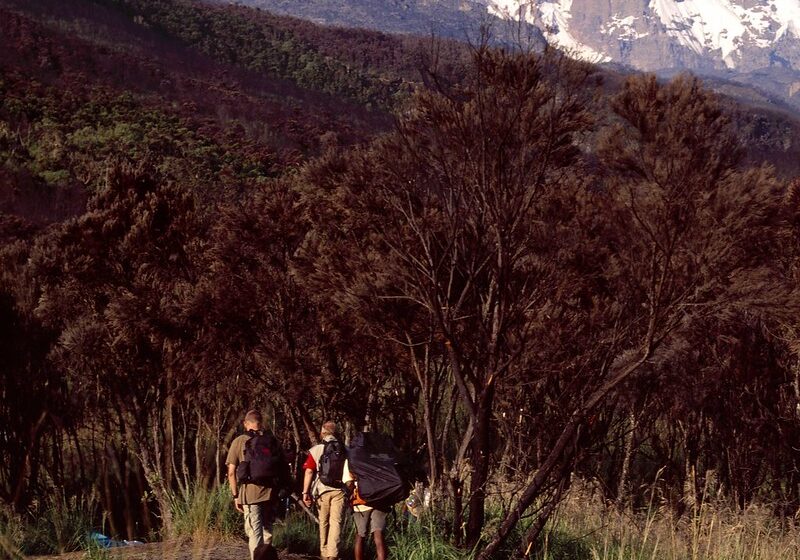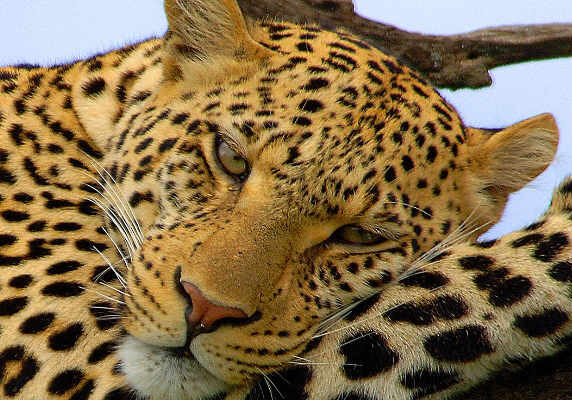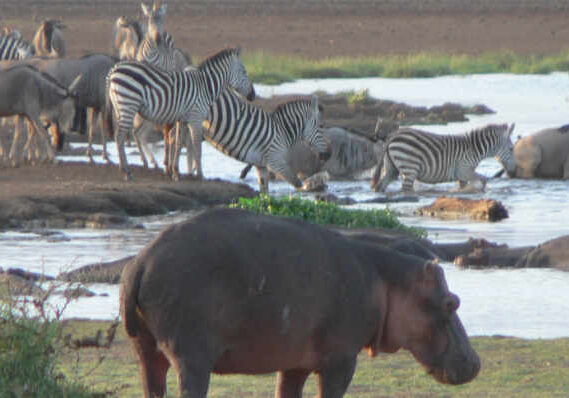Tanzania Wildlife Safaris and Holidays
One of the most popular tourist destinations in Africa, Tanzania is well-established as one of the best wildlife-viewing destinations in the world. Safaris follow the trail of giant herds of antelope or wildebeest across the Serengeti, while lions lounge in the shade waiting for their next meal to trot by. On the horizon looms the conical silhouette of Kilimanjaro.
Tawny lion lounge on the veldt and giraffe browse acacia trees. Millions-strong herds of wildebeest pour along the plains. Tanzania is home to some of Africa’s largest game reserves and parks, and it can be hard to decide what to see on holiday. Our specialists have visited the country extensively and can design your Tanzania safari to avoid the crowds and find the best places to see wildlife.
Leave your vehicle behind to walk and camp in the hidden corners of Ngorongoro Conservation Area and the Serengeti National Park, which host the annual Great Migration. In the south, the Selous Game Reserve and Ruaha National Park provide a more remote safari experience, while chimpanzees can be seen swinging through the trees on west-lying Lake Tanganyika’s shores.
Featured Tanzania Tours and Safaris
All About Tanzania Safaris - A guide to Northern Tanzania Safaris
Northern Tanzania is expensive (comparatively to the south) but offers unrivaled wildlife viewing and is completely iconic. Most itineraries begin with an overnight in Arusha before heading off on your safari adventure. Starting in the very north, The Serengeti (which borders the Masai Mara in Kenya) is undeniably world-class and home to The Great Wildebeest Migration as well as the biggest concentration of predators on the planet. The Ngorongoro Crater has a huge amount of the big 5 in a unique and dramatic setting. Surrounding the crater, the Ngorongoro Highlands is home to colourful Masai culture and rolling coffee farms. The Ngorongoro Conservation Area spans to the border of the Serengeti and is fantastic in February time when the Wildebeest Migration is calving. Tarangire National Park is also another option in the north with night drives, fantastic views and a colossal number of elephants. Although Tarangire is a fantastic park, it is more of an "add-on" to the main northern circuit of the crater and Serengeti. Lake Manyara is another smaller park with flamingos, fantastic land-birdlife and some truly beautiful spots for safari. However, Lake Manyara is small and can be seen in an afternoon rather than as the main focus of a trip.
Why go for Northern Tanzania safari tour?
If you want to see the stars of Tanzania and all the wildlife in the world in the Ngorongoro Crater and the Serengeti, are interested in East Africa's Maasai culture and if you have a budget of at least around $4,000 per person then a North Tanzania safari will offer you a holiday of a lifetime.
A guide to South & West Tanzania
The South of Tanzania offers better value accommodation than the north, a less touristy experience but is not a classic ‘big 5 safari destination’. Starting southeast of Tanzania, the Selous Game Reserve is a huge dry season park offering boating, walking safaris and fly-camping with excellent wild dogs. Ruaha National Park is a beautiful red-earth park where you can also enjoy walking, fly-camping, super prides of lions and huge buffalo herds. Ruaha is home to 10% of the whole world’s lions, so to say the wildlife here is not as prominent as in the north could be a mistake! The west comprises of Katavi and Mahale which are expensive to get to, but because of their relative inaccessibility offer a simply magical experience alone in the wilderness, where you can trek chimps in the Mahale Mountains and see some of Tanzania’s most dramatic safari scenes in the depths of Katavi’s harsh dry season.
Why do Southern Tanzania safari tour?
If you like a more sedate and relaxing safari, a bit of boating, walking too with some rare wildlife opportunities, and if you don’t want to share your wilderness with too many other tourists, then a trip to Tanzania's wild south will be the best idea you ever have.
The best time for a safari in Tanzania
Here, there is no very straight forward answer...! You can go at any point in the year, but for each time of year there are certain pros and cons to be considered. It is best to chat to us, and we can discuss your options. April and May is when the heavy rains hit East Africa and some camps close during this period. The main dry season is from July to October and this is the most popular time to travel to tick the big five off your list, but other times of year also have their individual benefits. Going off-peak season can reduce the cost of your trip, avoid the crowds and yet still offer a wholly phenomenal safari experience. Ask one of our Tanzania experts about the whereabouts of the Wildebeest Migration at different months in the year, or for more information explore our Migration Map.

